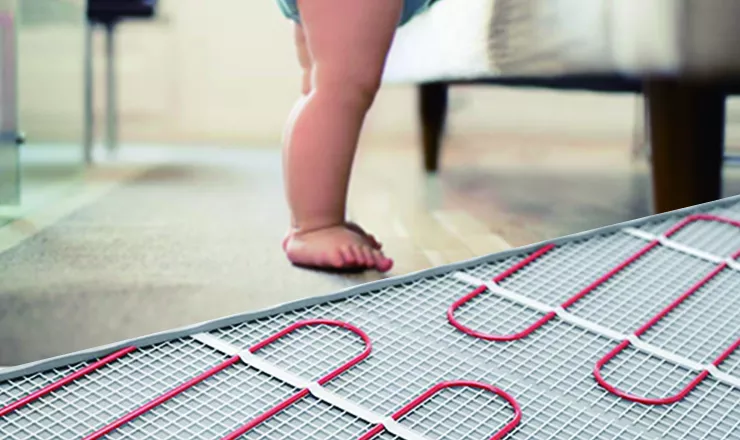Self-regulating heating cables are used to maintain the temperature of pipes, tanks, and other equipment in cold environments. They are designed to increase or decrease their heat output based on the ambient temperature, ensuring that the system is not overheated or underheated. Here we will discuss the factors to consider when choosing the right self-regulating heating cable for your specific application.

Understanding the application requirements
The first step in choosing the right self-regulating heating cable is to understand the application requirements. The cable must be able to maintain the desired temperature of the system, taking into account factors such as the ambient temperature, the insulation level of the system, the heat loss, and the required heat output. It is also essential to consider the length of the cable, the power supply, and the installation requirements.
Selecting the appropriate cable type
Self-regulating heating cables come in various types, including parallel constant wattage, series constant wattage, and self-regulating. The parallel constant wattage cable has a constant wattage output along its entire length, making it suitable for long pipelines and high heat loss applications. The series constant wattage cable has a fixed wattage output per unit length and is suitable for short pipelines and low heat loss applications. Self-regulating cables have a variable wattage output based on the ambient temperature, making them suitable for various applications.
Calculating the heat output
The heat output of the self-regulating heating cable is dependent on the ambient temperature and the cable’s watt density. The watt density is the amount of power per unit length of the cable. To calculate the heat output required for your application, you need to know the heat loss of the system and the temperature difference between the system and the ambient temperature. You can then calculate the required watt density and choose a self-regulating heating cable that meets these requirements.
Choosing the correct voltage
Self-regulating heating cables are available in various voltage ratings, including 120V, 208V, 240V, and 480V. Choosing the correct voltage is crucial to ensure that the cable can handle the required heat output and that the power supply can support the cable’s power consumption. It is essential to consult with a qualified electrician to determine the correct voltage for your application.
Considering the installation requirements
Self-regulating heating cables can be installed on pipes, tanks, and other equipment in various ways, including spiraling, straight tracing, and zone heating. The installation method depends on the system’s shape and size, the heat output required, and the level of insulation. It is essential to follow the manufacturer’s instructions for installation to ensure the cable’s proper operation and prevent damage to the system.
In conclusion, choosing the right self-regulating heating cable requires understanding the application requirements, selecting the appropriate cable type, calculating the heat output, choosing the correct voltage, and considering the installation requirements. It is essential to consult with a qualified electrician and follow the manufacturer’s instructions for installation and operation. By selecting the right self-regulating heating cable, you can ensure that your system maintains the desired temperature and operates efficiently in cold environments.






